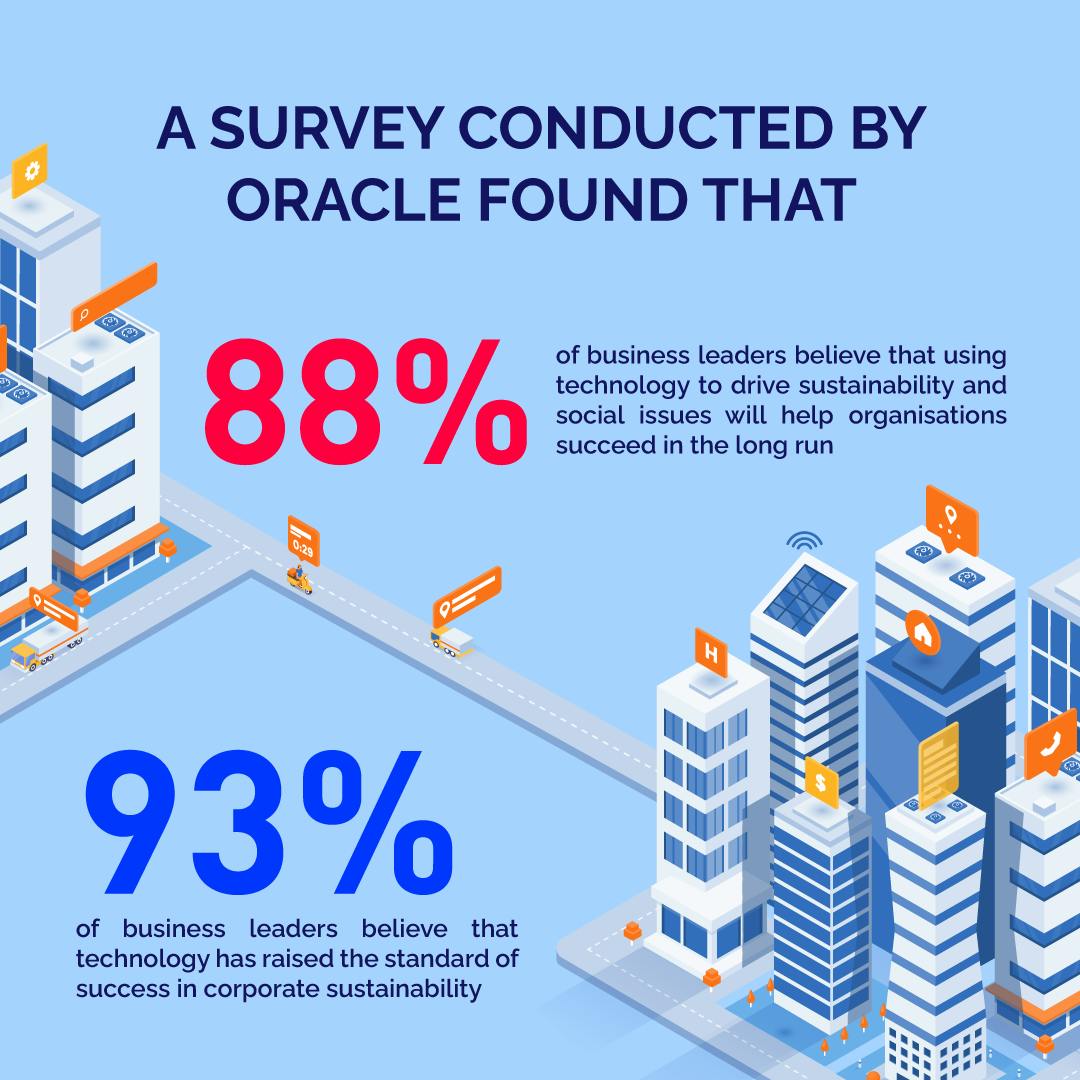How Know-how Is Tearing Down Trend’s Worth Chain Siloes


This text first appeared in The State of Trend: Know-how, an in-depth report co-published by BoF and McKinsey & Firm.
Quick-changing shopper demand and chronic provide chain disruptions are just some of the elements including to the complexity of working a vogue model as we speak.
The business wants a brand new digitised worth chain mannequin that unites a number of inner processes and knowledge sources, from demand forecasting to pricing. Certainly, in terms of digitisation, 61 p.c of vogue executives imagine end-to-end course of administration is among the many most necessary funding areas for his or her organisations between 2021 and 2025. The outcome shall be extra fortified, shock-resistant firms that are in a position to navigate as we speak’s unstable enterprise panorama.
Many vogue firms have been bettering particular person worth chain processes with digital applied sciences. However absolutely built-in backend methods and workflows are nonetheless a method off.

One cause is that comparatively few off-the-shelf purposes are designed to optimise the style worth chain from finish to finish. Whereas firms like Nextail, Logility and O9 supply options that handle sure actions equivalent to shopping for, first product allocation, replenishment and retailer transfers, no single resolution covers all the worth chain. Manufacturers thus must establish options that handle their ache factors or customized construct purposes, which is useful resource intensive. On the identical time, improvement prices stay excessive and firms face gaps of their expertise stacks and expertise swimming pools.
5 crucial workflow “journeys” within the vogue worth chain lend themselves to end-to-end integration: product efficiency, class efficiency, provide chain optimisation, inventory administration, and buying and demand forecasting. Integrating key components of a worth chain journey might make velocity to market as much as 50 p.c sooner, full-price sell-through as much as 8 p.c greater and manufacturing as much as 20 p.c less expensive.

Product efficiency, or evaluation of which merchandise are promoting properly — reveals the impression of end-to-end integration in observe. A siloed pricing and promotions utility may use AI and machine studying to find out a product’s promotional value by analysing the present inventory, in-season value, time in season and anticipated elasticity. Against this, investing in end-to-end integration would broaden the scope of the applying to additionally contemplate related merchandise already in retailer or arriving quickly, in addition to anticipated returns or a contest vary. Every of those knowledge factors impression anticipated sell-through and thus the suitable promotional pricing, which may in the end increase gross margins.
At Levi’s, company-wide machine studying mixed with a cloud-based knowledge repository containing inner and exterior gross sales and stock info present a number of processes with assets to make higher selections round every thing from pricing to shopper advertising and marketing, in accordance with chief technique and AI officer, Katia Walsh. Knowledge-driven knowledge-sharing additionally helps Levi’s decide one of the best areas from which to ship its merchandise, figuring out the shop or distribution centre that’s the closest to the transport handle, serving to it to regulate logistics prices and handle retailer stock easily.
Integrating key components of a worth chain journey might make velocity to market as much as 50 p.c sooner.
Shein takes this even additional. Not solely has the ultra-fast vogue participant built-in its inner processes, however it has additionally linked these inner processes with that of its suppliers. This allows a quick and environment friendly ordering and replenishment journey. Shein makes use of AI modelling to guage hundreds of thousands of social media posts throughout platforms to find out which merchandise to supply, whereas superior analytics assist its design groups assessment the efficiency of design attributes right down to particulars just like the zipper and cloth. With its vertically built-in provide chain utilizing software program from Singbada, Shein’s designs might attain prospects inside roughly three weeks after they’re first conceived.

To make certain, vogue gamers’ working fashions will proceed to require a finely tuned steadiness of artwork and science to not lose sight of the artistic, experience-focused facets of decision-making that are crucial in vogue. Executives needs to be ready to deal with potential resistance to working in a extra linked method, one through which knowledge, and information, circulation throughout processes seamlessly. Embracing deep digital integration would require specializing in change administration. Groups will must be upskilled or reskilled, and instruments will must be designed with a user-centric mindset to make sure their adoption. For instance, this may occasionally imply adopting “explainable AI” whereby AI predictions and outputs might be simply understood and managed by people, not like “black-box” fashions which are troublesome to interpret, and subsequently belief.
Finally, vogue firms — from mass market to luxurious alike — will profit from optimising their time to market, flexibility and product availability at a time when many firms are struggling to take care of margins. Worth chain integration will show to be a crucial level of aggressive differentiation.






